Recently updated on June 10, 2022 at 01:19 am
It's one of the few things that laypeople can still do themselves on a car. The Tire rotation! And now is the right time. In fact, it's almost a little late because in some higher places like Oberwiesenthal the first snow has already fallen and summer tires have been a no-go there ever since. In addition, the temperatures in the lowlands have been around 0 ° degrees for a few days. Actually it says "from O to O". This is how it is taught to the learner driver. During this period you should change the wheels from summer to winter or from winter to summer. The car gets its summer tires around Easter, while winter tires are used again in October. Drivers who rely on all-weather tires are of course excluded. But do you really have to go to a workshop? Or can the money be saved and can the wheels be changed on your own?
Changing wheels on your own: overview
 Who is only interested in very specific areas around the topic Wheel change on your own interested, you can use the following jump labels to navigate directly to the desired topic with just one click. And just as quickly you can return to this overview from the selected menu item with just one click. However, we recommend our readers to always read the entire article. Some menu items are only really comprehensible and understandable once the complete information article has been read.
Who is only interested in very specific areas around the topic Wheel change on your own interested, you can use the following jump labels to navigate directly to the desired topic with just one click. And just as quickly you can return to this overview from the selected menu item with just one click. However, we recommend our readers to always read the entire article. Some menu items are only really comprehensible and understandable once the complete information article has been read.
- Trolley jack and torque wrench
- Do you need a special tool for changing tires?
- How does the tire change work step by step?
- Before the tires are stored!
- What do you have to consider when changing tires?
- When do the wheels need to be changed in the workshop?
- Tire pressure control system (TPMS)
- What must be considered when storing the tires?
- From O to O: When is the best time?
- Getting the workshop appointment, is that easy?
- What should be considered when buying tires online?
Trolley jack and torque wrench
Colloquially, the tire change refers to the wheel swap. This is done seasonally. In spring there is a change from winter to summer tires and in autumn from summer to winter tires. If the tire change is done in a workshop, it costs around 50 euros and in the "high season" it often takes a lot of patience until an appointment is found. That is why it is definitely cheaper to change tires yourself. The first tire change, however, requires an investment of around 50 euros. A trolley jack (approx. 30 euros) and a torque wrench (approx. 20 euros) should be purchased for changing tires.
Tip: New components such as a new engine should be "run in" gently. And that also applies to a new car.
Normally the normal jack and wheel wrench from the car tool range of your own vehicle are sufficient, but if the change is to be carried out regularly on your own, then it is advisable to switch. And the next time you switch, these costs will not apply anyway. We have compiled the most important steps and tips for changing wheels below. (Back to overview)
Do you need a special tool for changing tires?
Before changing tires, it makes sense to first collect the necessary tools and have them ready. These include:
- Jack: One Trolley jack / hydraulic jack is particularly convenient. However, a standard vehicle jack from the on-board tool kit is also sufficient.
- Radkreuz: With the Wheel hub Even rusted wheel nuts can be loosened quickly and easily. A simple wheel wrench is also sufficient. In addition one box for the screws.
- Torque wrench: This is necessary so that the wheel bolts or nuts do not overtighten. Especially for aluminum rims.
- Impact wrench (optional): Accelerates wheel changes and can loosen particularly stuck screws.
- Key (optional): This will do the Felgenschloss solved.
- Wire brush: This removes rust and coarse dirt from the wheel bolts and brake calipers. (Back to overview)
How does the tire change work step by step?
Changing tires is relatively simple if a few points are observed.
- The handbrake must be applied, or the electric parking brake. To do this, shift into gear or drive level P. Vehicles with air suspension may have to be put into a special mode (jack mode). There is information about this in the logbook.
- The wheel nuts / bolts are loosened. (loosen about a quarter turn)
- The car is jacked up with the wheel hanging freely on the strut. Please check WHERE the jack must be placed on the vehicle. The jack from the vehicle tool kit has a different mount than the trolley jack / hydraulic jack. The operating instructions of the vehicle should provide information, alternatively various vehicle forums. PS: For lowered Vehicles is one flat jack especially. In our post "All information about flat jacks for tuned cars!" there is more information on the subject.
- The screws are completely removed.
- The wheel is removed. Pull off the hubcap (if present). Place the wheel under the vehicle.
- The wheel hub is cleaned (must be clean and free of rust) with a wire brush and, if available, with a synthetic, metal-free separating paste / wheel hub paste. The bike won't stick with it. However, threads should not be lubricated. Eventual Zentrierringe check / install.
- Control look Throw it on brake discs and brake pads. The new wheel is put on. Please note a possible directional binding. There is more on the topic in our article "Recognize the tire running direction? This is how it works!".
- The screws including a possible wheel lock are inserted and tightened lightly (hand-tight).
- Take the removed wheel out from under the car.
- The cart is lowered slightly until the wheel touches the ground.
- The wheel is tightened with the torque wrench cross tightened. Which torque is the right one is in the log book. With aluminum rims usually between 110 and 130 NM.
- The vehicle is completely lowered and the jack removed.
- The air pressure must be checked on all 4 wheels and adjusted if necessary. PSI or bar? The units can be converted here!
More info? Here!
This basically completes the tire change. It is important that the seat of the wheel bolts is checked again after about 50 kilometers with the torque wrench. Any loosened screws can thus be retightened. (Back to overview)
before the tires are stored

Before the tires are stored, they should be marked with universal chalk or crayons. Abbreviations such as VL for Left in the front etc. used. So the wheels can be put in the right place the next time they are changed. After 10.000 to 15.000 kilometers, the wheels should be exchanged for each axle, as the tires on the drive axle wear out faster. It is also important to check the tires for safety before they are stored. (Back to overview)
What do you have to consider when changing tires?
While the steps to change tires are easy to follow, there are a few things to keep in mind beforehand.
- Time: Sufficient time should be planned for changing tires, because time pressure creates a hectic pace, which in turn creates danger.
- Stability: The car must be on a level and firm surface so that it is stable during the tire change. In addition, the jack should be stable and the vehicle should be secured against rolling away with a docking wedge / drag shoe.
- torque: When changing tires, the information in the log book must be observed. The torque required to tighten the wheels is specified here. For most models, this is around 120 Nm.
- Wheel stud: When changing from steel to aluminum wheels, the length of the wheel bolts must be taken into account. These are often longer with aluminum bikes. If wheel bolts that are too short are used, they could tear out while driving, as they only get a few threads to hold. The screw-in length of a wheel bolt should be at least 7-8 turns. In addition, you should pay attention to whether the wheel bolts differ. There are Kugelbund and taper seat. This can vary from rim to rim.
- Vibration: After changing tires, it makes sense to take a longer test drive. A country road is also suitable for this. Vibrations on the steering wheel or when braking indicate that a workshop visit is due. Although the vibrations can have other reasons, they often indicate that the balance weight has fallen. This can also happen when pulling up. (Back to overview)
When to change wheels in the workshop?
If the tires are to be stored in the workshop, then it makes sense to have them installed there as well. Of course, the wheels can also be stored here independently of assembly, but a discount is usually granted on storage if the tire change is also carried out in the workshop. The price per tire is around seven euros per wheel. The advantage here is that the workshop takes care of everything related to storage. This includes checking for damage, cleaning the tires and balancing the wheels. However, this service is rarely free. (Back to overview)
Tire pressure control system (TPMS)
If a tire pressure monitoring system (TPMS) is installed, this is another reason for changing tires in the workshop. Because with an integrated TPMS, the tires should only be changed by a specialist. This checks the tires' sensors, which send their data wirelessly to a central control unit. It may also be that these have to be "trained" in order to work correctly again. Tip: It is important to pay attention to this when a tire change is due for a tire with TPMS. (Back to overview)
What must be considered when storing the tires?
Before the tires are stored, they should be properly cleaned and checked for damage. It is also important to check the remaining profile. The tread depth should for summer tires at least 3 millimeters (Only 1,6 mm are mandatory) and at least four millimeters for winter tires. If the tread depth is too small or the tires are damaged, they can be disposed of immediately. Complete wheels are stacked horizontally, whereas tires without rims are stored upright. This should be a dry room protected from light. (Back to overview)
From O to O: When is the best time?
The rule of thumb for changing tires is “from O to O”. This means that the winter tires should be fitted in October. You can then switch back to summer tires around Easter. Usually nothing goes wrong with this rule. However, the weather conditions and temperatures depend on the respective region. This is why tire manufacturers recommend changing to winter tires as soon as the temperature regularly drops below 7 degrees Celsius. In the road traffic regulations, however, there is no provision for the time of tire change. However, according to Section 2 (3a), it is required that the car may only be driven on the road with winter tires in winter road conditions. That means with black ice, slippery snow, slush or ice have the winter tires must be fitted. (Back to overview)
Getting the workshop appointment, is that easy?
If the tires are to be changed in the workshop, an appointment must be made in good time. In the tire change season there are occasionally time and material bottlenecks, as a particularly large number of tires have to be changed. Therefore, a preliminary run should be planned here. The same goes for buying new tires. (Back to overview)
What should be considered when buying tires online?
If you need to put a set of new tires on the rims, you must also go to a workshop. Because as soon as the tire is too old or has too little tread, it has to be replaced. New tires can either be bought in the workshop or from an auto accessory dealer. Tires bought online can be delivered directly to the workshop that will install them. It should be noted that workshops usually charge less for fitting the tires if the tire or rim was purchased directly from the workshop. How much it costs to mount the new tires on the rim, have them balanced and fitted varies widely. Fitting a new tire is possible from around 3 euros. Balancing, on the other hand, costs at least 13 euros and assembly costs at least 4 euros. If a wheel is stored or brought with you, you can expect around 8 euros for balancing and mounting. But which tires are actually the right ones? The answer to this question is in ours Summer tires, winter tires, all-weather tires Info report. Info: What is the truth of the rumor that nitrogen in tires is much better than air? We did some research.
So far so good! But what if the steering wheel vibrates suddenly when accelerating or braking? What if the whole vehicle shakes and you have no idea where the imbalance is coming from? Then maybe our contribution on the topic "Car vibrates or wobbles while driving - why?"!
Of course that had not happened yet!
tuningblog has countless other articles on the subject of car and auto tuning in stock. Do you want to see them all? Just click HERE and look around. In part, we would like to provide you with news but also off the tuning. In our category Tips, products, information & Co We have reviews of car or accessories manufacturers, new ones Tuning Wiki Terms or one or the other Leak veröffentlicht. Following an excerpt of the last articles:
"Tuningblog.eu" - we keep you up to date on the subject of car tuning and car styling with our tuning magazine and we present you the latest tuned vehicles from all over the world every day. It's best to subscribe to ours Feed and will automatically be informed as soon as there is something new about this post, and of course also to all other contributions.
 tuningblog.eu Your magazine about tuning the car
tuningblog.eu Your magazine about tuning the car

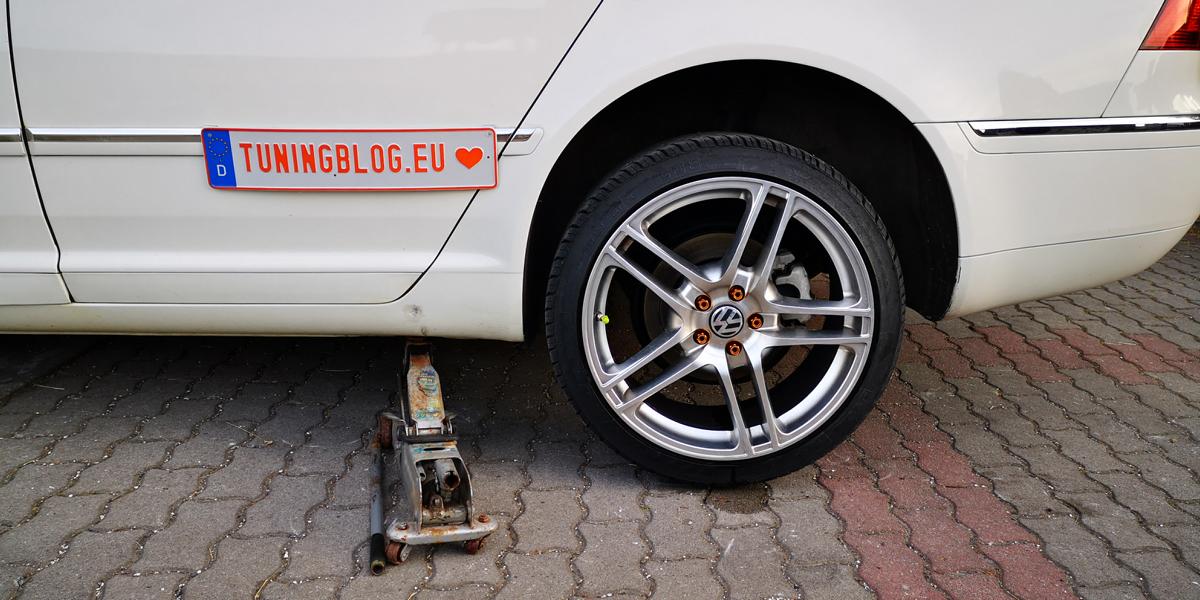
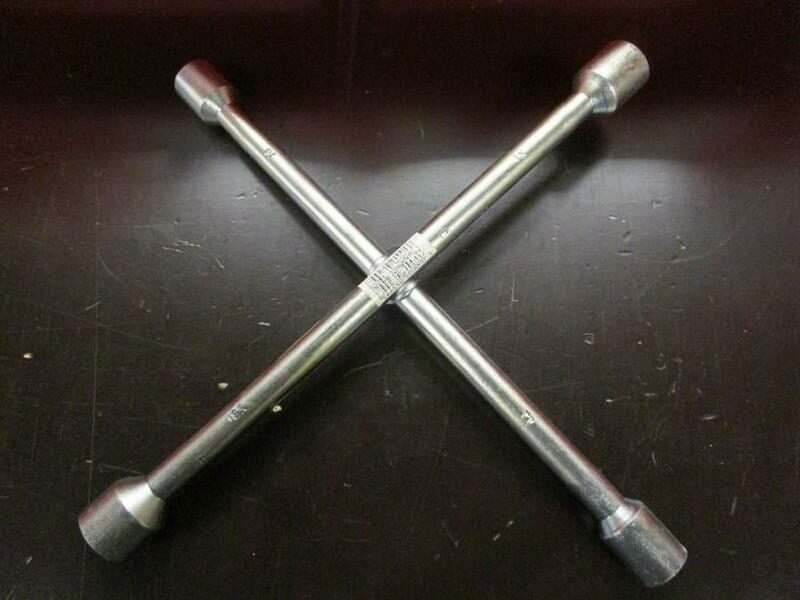

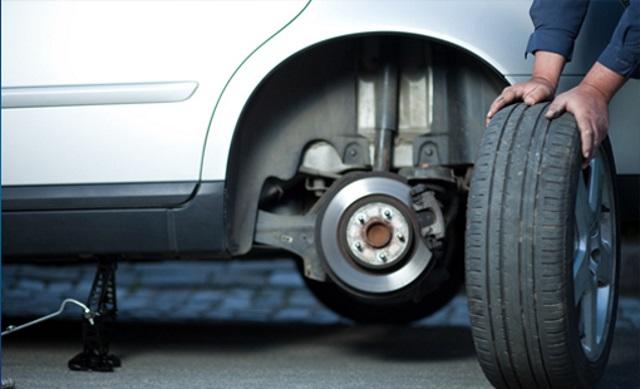
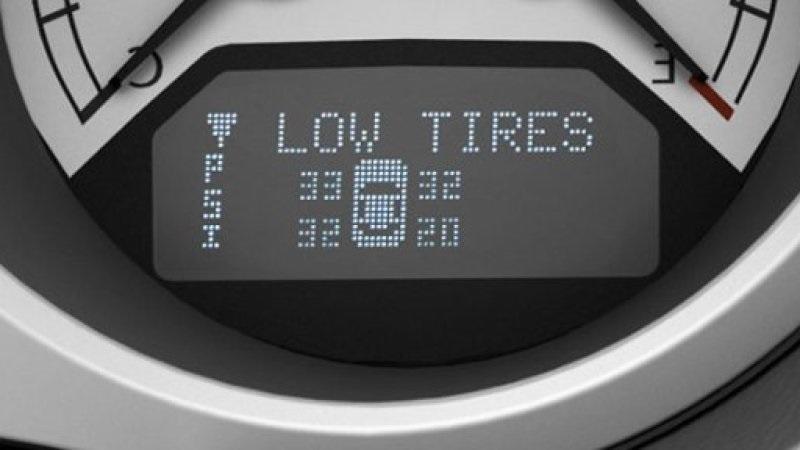

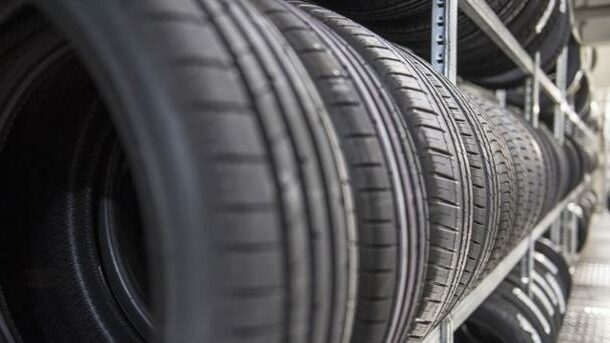
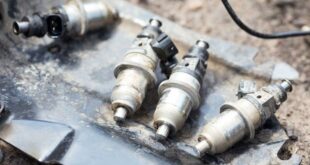
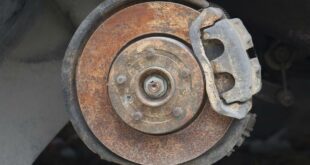
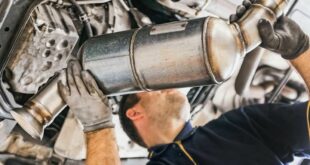
Unfortunately, a tire on my car is broken. Good to know that you have to pay attention to the torque when changing. I think it's better for me if I have the tire repaired by a professional.